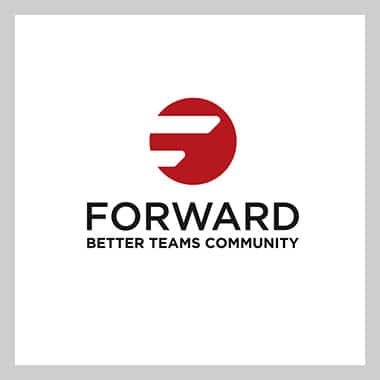Align Your Team about Roles and Responsibilities
Lack of alignment about the team roles and responsibilities is a common issue that emerges when working with teams. In fact, it’s not uncommon for this to get lower scores in the Better Teams Assessment.
Role alignment issues are especially likely to occur when the team has experienced any of the following changes:
- New team leaders or members
- Vacancies in positions
- New goals
- New ways of working together
In order for the team to be high performing and happy, it is critical to have two things:
1. Role Awareness
Role awareness occurs when team members have a solid understanding of the roles of each team member. They are clear on who is doing what and when, and everyone on the team understands where roles intersect.
2. Role Agreement
Role agreement means that team members are on the same page about the roles, and they are aligned about the tasks and activities for which each person is accountable. They are not competing to do the same activity, nor pointing fingers at each other, saying “this is your task, not mine!”

When there is a lack of role awareness or role agreement, there will be conflict. It is important to work through this so that everyone is clear and in agreement about the roles of the team.
One tool I use to help teams talk through role awareness and agreement is the RACI Method. Here the following are identified for each task:
- R – Who is Responsible for this task and doing the work?
This may be one person or many people who are actively engaged in accomplishing a task.
- A – Who is Accountable for this task?
Only one person is the ultimate decision-maker. This accountable person may or may not be responsible for doing the work.
- C – Who needs to be Consulted about this task?
Their input, insights, and experience will need to be gathered in order to be successful.
- I – Who needs to be Informed about this task?
Informed is simply that – these people just need an update on the progress or the final results.
Working through the RACI method takes time, as does dealing with the underlying (or overt) conflict that occurs when teams are not aligned about roles and responsibilities. There is a saying, “Sometimes you have to go slow to go fast.” Role clarity is one of those situations. Taking the time to fully align and agree on who is doing what relieves the team of tensions and frustrations that occur when roles are not crystal clear.
Summary
Taking the time to discuss and align roles and responsibilities is critical for teams who want to be high-performing and happy. The RACI method is one technique to work through who is responsible and accountable and who should be consulted or informed.
About the Author: Leigh Ann Rodgers, Founder of Better Teams and the Forward, community, is an IAF Certified Professional Facilitator with 20 years of experience in the human development field. Leigh Ann is a skilled meeting facilitator, trainer, and coach working across the globe to help leaders cultivate teams that are happy and high-performing.
If you are a facilitator, trainer, or coach you are invited to join Forward. A virtual community including workshops, networking, and resources for experts like you. Get a sneak peek of the community here.

